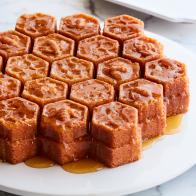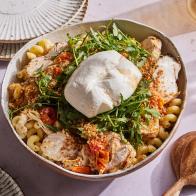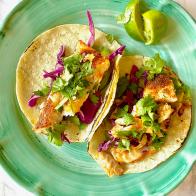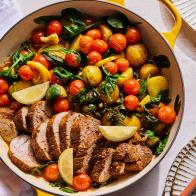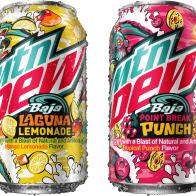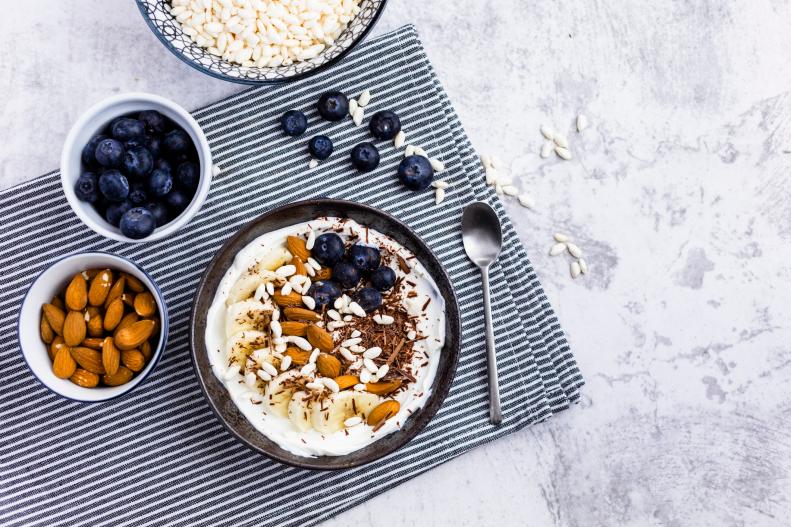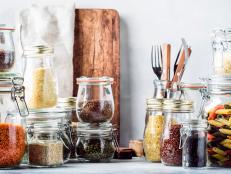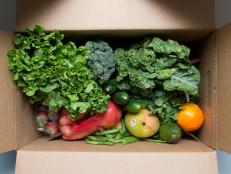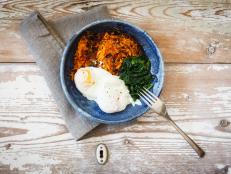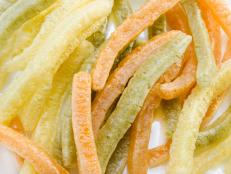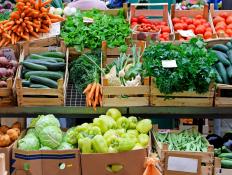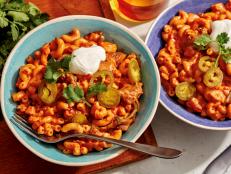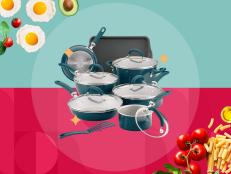1 / 11
Photo: Westend61; Getty Images
Best Foods for High Blood Pressure
According to the Centers for Disease Control (CDC) nearly half of adults in the U.S. have high blood pressure. However, only about one in four adults with high blood pressure have their condition under control. Having high blood pressure puts you at risk for heart disease and stroke, which are leading causes of death in the U.S. Luckily, there are things you can do about it including leading a healthy lifestyle. Part of these steps to better health include choosing better foods to eat. Here are 10 foods that are best when you have high blood pressure.
